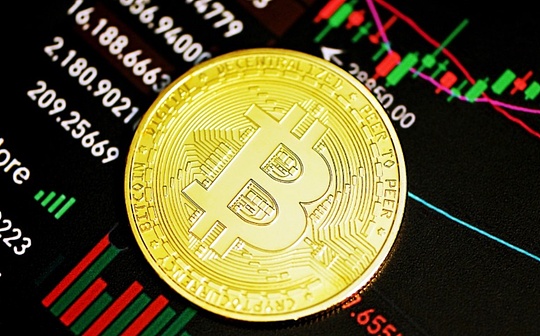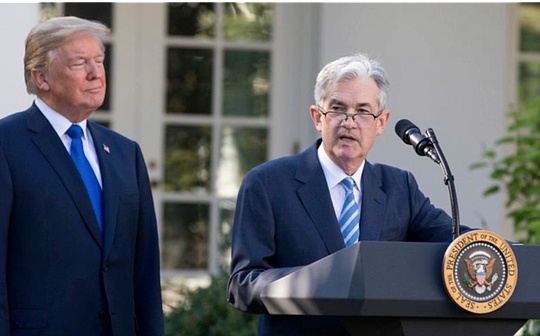
Since Trump took office, he has been putting pressure on Powell to cut interest rates quickly.At first, Powell led the way but did not issue it. Later, the tariff war broke out. Powell used a move to “use his spear and attack his shield”, and attributed the reason for not cutting interest rates to-tariffs that tariffs may stimulate inflation.
On the surface, Trump is making unreasonable and bullying in the workplace. His reckless behavior is eroding the independence of the Federal Reserve because he attempts to downgrade the Federal Reserve to a department of the federal government.However, in a recent interview, Trump gave Powell an interesting comment:Federal Reserve Chairman Powell is quite political.
So, is Powell’s stubbornness to not cut interest rates a politicized operation??The answer depends on our understanding of the interest rate system.
If we firmly believe in the so-called common sense that interest rate cuts will stimulate secondary inflation, then Powell’s approach is correct.On the contrary, if we use the cross-border capital flow model, we will draw the opposite conclusion that interest rate cuts will lead to the withdrawal of overseas hot money, which will, on the contrary, help reduce inflation.Therefore, Powell must be protecting the interests of a certain group.
In this article, we mainly follow the path of abnormal common sense.Let’s see how Powell safeguards Wall Street’s interests.
Interest rates, rents and inflation
If we believe the nonsense of Wall Street, we will definitely come to the following conclusion:The lower the interest rate, the higher the rent.Therefore, maintaining high interest rates is the only way to curb excessively rapid growth of rents.
However, if we link the cross-border capital flow model with Say’s law, we will come to an interesting conclusion:The higher the interest rate, the rentcrosshigh.
1. Cross-border capital circulation model

The picture above depicts a very simple story. When the Fed maintains high interest rates and the average interest rate in the non-US banking system remains unchanged, then,Deposit moving will occur around the world.As a result, the balance sheet of the US banking system expanded, while the balance sheet of the non-US banking system contracted.
It is not difficult to find that this is a story of existing resources.Deposits will spontaneously flow to places where deposit interest rates are high.The reason why this story is simple is that at the micro level, depositors will also deposit their deposits to banks with higher interest rates.
2. Say’s Law
Say’s Law tells us,Supply automatically creates demand.That is to say, the demand for a specific factor x comes from the supply of other factors in a package.
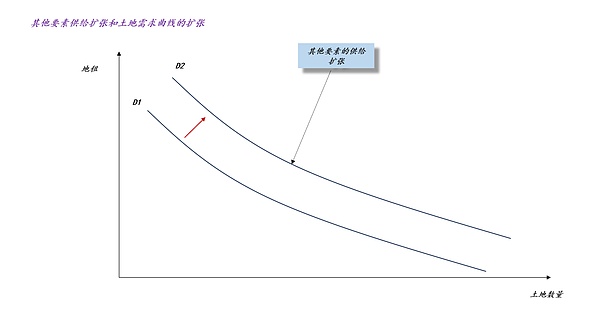
So we got the picture above,When the supply of other factors expands, the land demand curve expands from D1 to D2.It is obvious that deposits are an extremely important resource.The inflow of overseas deposits will expand the demand curve of land.
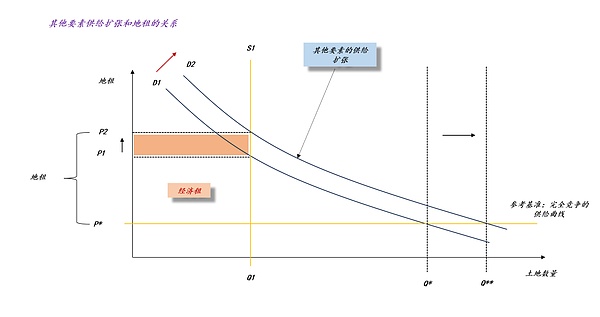
Going further, if we assume that the land supply in the United States is inelastic, its supply curve is S1, when the land demand curve expands from D1 to D2,We will find that the land rent price has risen from P1 to P2.
To sum up, when we combine the cross-border capital flow model and Say’s law, we will easily draw a conclusion.The higher the federal funds rate, the higher the land rent, the higher the rent.

What’s even more interesting is that rent accounts for about 30-36% of the US CPI.
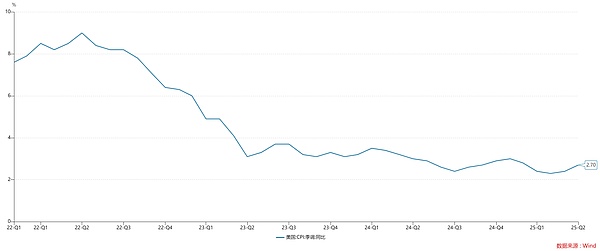
So we came to a very strange conclusion:The reason why the US CPI reading remains at 2.7% is because the Federal Reserve maintains high policy interest rates.
The conflict between the U.S. government and Wall Street
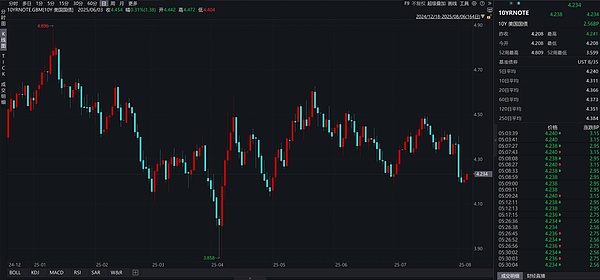
On the one hand, the U.S. Treasury bond interest rate has remained above 4.2% for ten years.
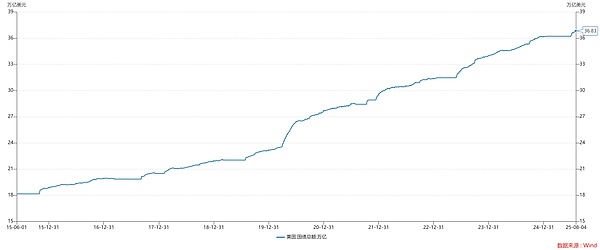
On the other hand, the total U.S. Treasury bonds rose to 36.83 trillion.Therefore, higher federal funds rate will bring high interest costs to the US government.After all, a 1% interest rate difference can bring an additional interest cost of 368.3 billion..
Therefore, the US government’s accounts are very clear. Trump has made more than once, demanding that Powell cut interest rates by 1% immediately.
So, where are the interests of Wall Street??First, the higher federal funds rate locked in a large number of overseas deposits, supporting the U.S. stock market.
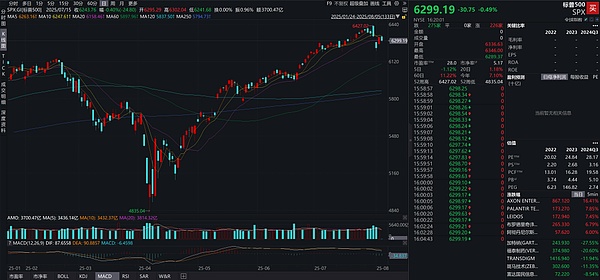
Once this money runs away, can the US stock market still hold on??No one knows.
Secondly, the US economy is highly financialized, and its GDP is filled with various economic rents, medical, insurance, legal, real estate and other industries.All are essentially interest.
That is to say, once the Fed cannot maintain high interest rates,Overseas hot money flows out of the local area, then the land rent in the United States will fall, that is, the real estate industry will decline.

The high financialization of the United States means that the essence of many industries is the “rental seeking industry” (PS: Michael Hudson calls these departments FIRE departments), the story of the real estate industry will not be an isolated case, and there will be a sharp decline in eps in all walks of life.
In other words, interest rate cuts may lead to a collective recession of the US “rental seeking industry”, which is what Wall Street cannot stand the most.
If the above reasoning is true, then we can see a different Fed, which is the only “rental seeking industry” that comes from.
The Fed has attracted global hot money through high interest rates and has used it to ensure the thriving “rental seeking industry”.The prosperity of these industries has pushed up inflation, and the Fed can refuse to cut interest rates on this grounds.Therefore, “rate hike-inflation-rate hike” is a self-realization cycle.To put it bluntly, this is an alternative Ponzi.
When reasoning goes to this point, we look back at Trump’s crazy demands (ps: Fed is asking 1-2% rate cut), you won’t think that Trump is an amateur who doesn’t understand finance at all.
Trump also has a famous saying, “If there is no detection, there will be no virus.”
Once the Fed cuts interest rates by 1-2%, overseas hot money will be withdrawn sharply, various problems in the US economy will be exposed. At that time, people are concerned about recession, and will anyone still care about inflation??Everyone will complain,The Fed cuts interest rates too late.
This situation is so strange. The Fed is trying not to cut interest rates. Powell is wise and powerful, a tragic hero who fights inflation and Trump bullying. Once the Fed cuts interest rates sharply, everyone will find that the Fed cut interest rates by TOO LATE.
Conclusion
There is no free lunch in the world.
The high profits of the “rental seeking industry” in the United States,On the one hand, it comes from the American people who bear high fees, and on the other hand, it comes from the high interest rates borne by the US government..Therefore, the conflict between the US government and Wall Street is very sharp, and the US government can no longer bear the high interest expenses, but greedy capitalists are still thinking about “let everyone hold on for another month.”
Once we abandon the toxic dogmas such as “rate cuts to stimulate the economy” and “rate cuts to stimulate inflation”, then we will find:
1. Powell is not a white lotus at all. He just kept covering it until he couldn’t cover it up completely;
2. The Fed is not that independent. They serve capital and the interests of Wall Street;
Recently,The non-farm data in the United States burst, and the non-farm data in the three months of 5, 6 and 7 were very poor. Coupled with the resignation of director Kugler, the US government finally gained the upper hand, soThe probability of the Fed’s interest rate cut in September is extremely high.If the United States is really recession due to interest rate cuts, please don’t be surprised, it just means“Rate cuts stimulate the economy” and “rate cuts stimulate inflation” are the nonsense used by Wall Street to fool people.
Finally, this article does not try to convince anyone. Its main purpose is to explore and explore new paths of reasoning.


